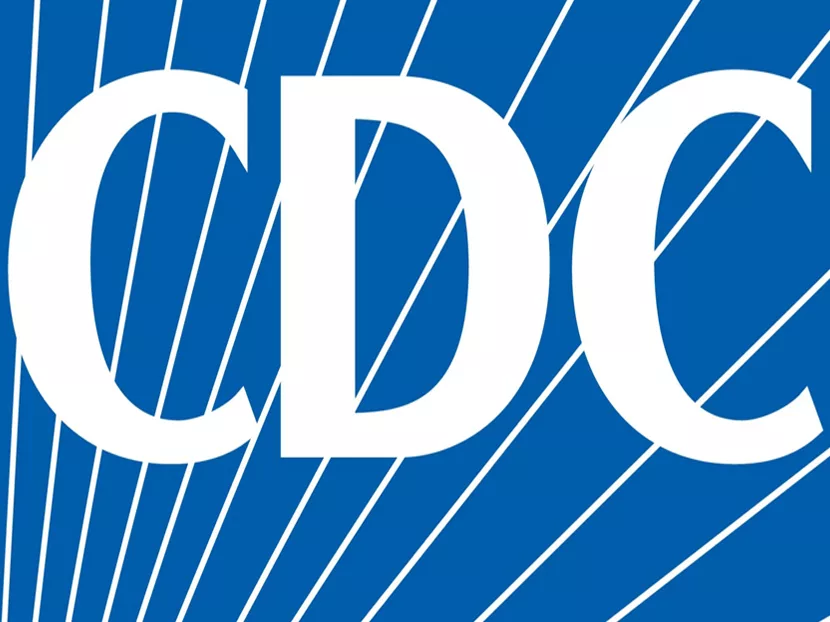More than 76 percent of Legionnaires’ disease cases acquired from Legionella exposure in health care facilities can be particularly harsh, including possible fatal risks to patients, according to a report released today from the CDC.
The report’s findings – which were a part of the CDC’s monthly Vital Signs publication – are based upon exposure data from 20 states and New York City. According to the CDC, the analysis was limited to these 21 jurisdictions because they reported exposure details for most of their cases, which allowed the CDC to determine how Legionnaires’ disease was associated with health care facilities.
About 3 percent of Legionnaires’ disease cases were determined to be “definitely associated with a health care facility,” with 17 percent of cases listed as “possibly associated with a health care facility.”
“Determining Legionnaire’s disease causation is not simple since the mere presence of Legionella in a water system or device is not sufficient to cause disease. The bacteria must ultimately be inhaled or aspirated into the lungs of a susceptible person to cause disease,” says Michael Patton, member of ASHRAE Committee SSPC 188. “Since people with conditions that have reduced their ability to fight off infections are especially susceptible, it is not a surprise the report found patients in health care facilities to be at risk. It’s vitally important all buildings incorporate good design, operations and maintenance procedures that prevent growth and spread of Legionella as these are regarded as the best methods of preventing disease.”
The incorporation of a Water Management Plan will reduce the chance of heavy colonization, amplification and dissemination to people. With this in mind, ASHRAE developed ASHRAE Standard 188: Legionellosis: Risk Management for Building Water Systems to assist designers and building operators in developing a Water Management Plan that includes practices specific to the systems that exist in a particular building, campus or health care facility.
To date, more than 5,000 copies of ASHRAE Standard 188 have been purchased. It can be previewed at no cost at https://www.ashrae.org/resources--publications/bookstore/ansi-ashrae-standard-188-2015-legionellosis-risk-management-for-building-water-systems.
Based upon this ASHRAE standard, the CDC developed a toolkit entitled “Developing a Water Management Program to Reduce Legionella Growth and Spread in Buildings: A Practical Guide to Implementing Industry Standards.” The document – initially released in 2016 and updated on Monday, June 5 – provides a checklist for building owners and managers to help identify if a water management program is needed, examples to help identify where Legionella could grow and spread in a building and ways to reduce risk the of contamination.
For more information on Legionella, Legionnaires’ disease and the toolkit, visit https://www.cdc.gov/legionella/.




